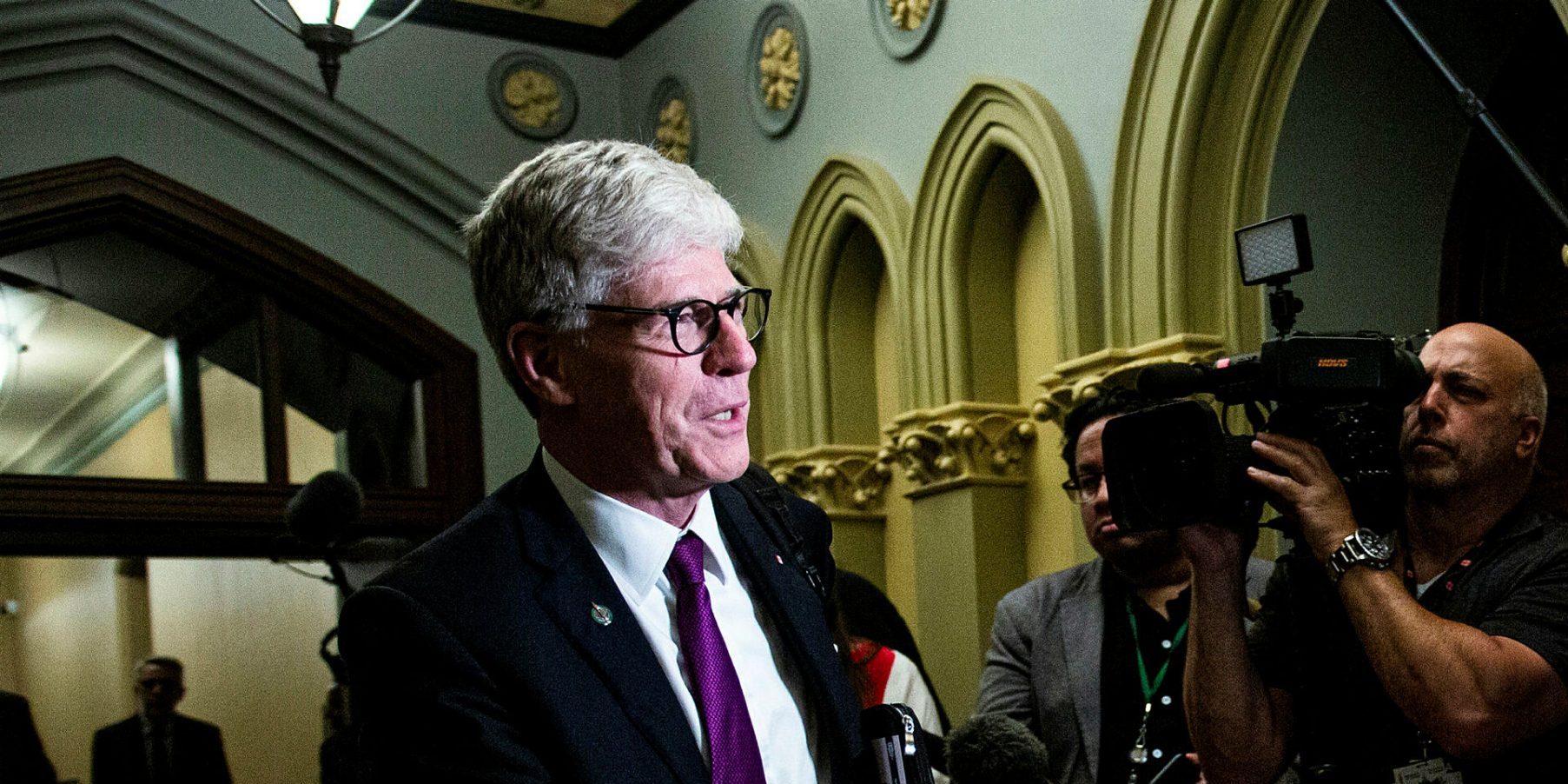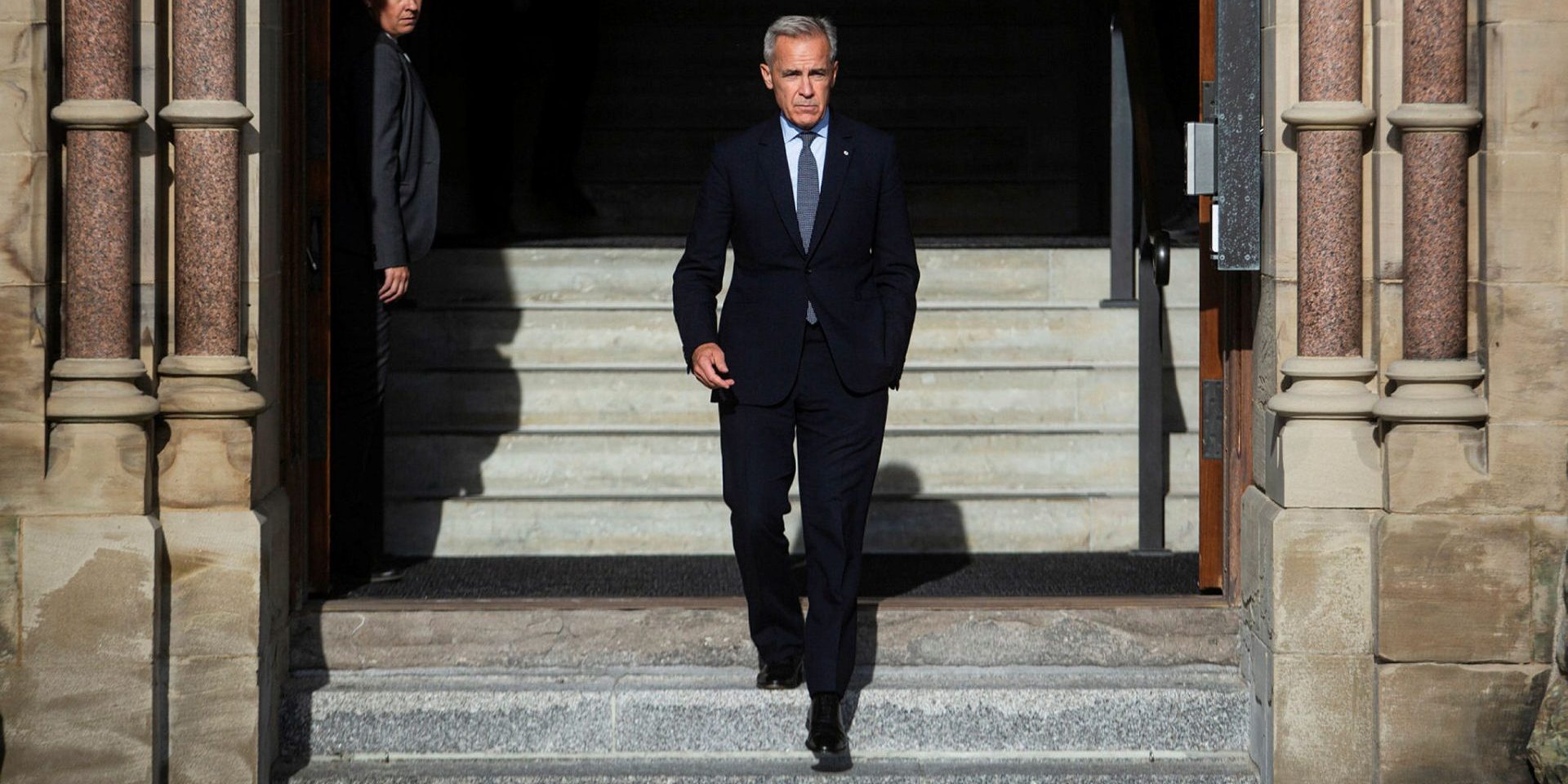NDP needs to build an Orange Wave in the West
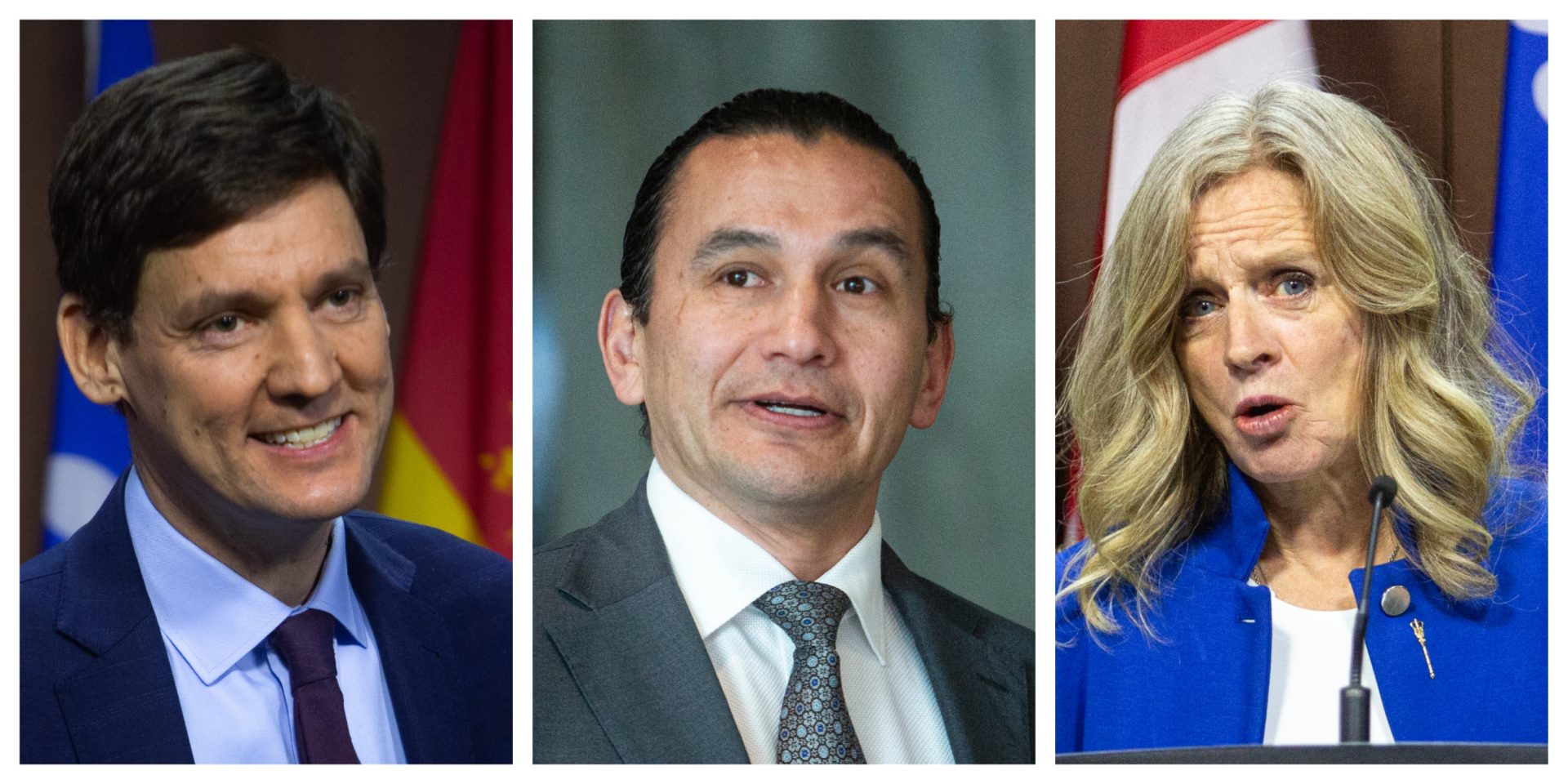
For the fourth straight federal election, the NDP pinned its hopes on a redux of the 2011 Orange Wave, and for the third straight election, it resulted in a whopping single seat in Quebec.
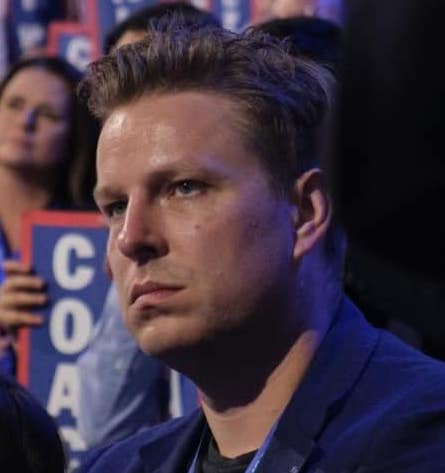
Normally, the NDP not winning in Quebec might not be such a big deal. In fact, it was the norm until 2011—when the party swept to opposition with 103 MPs, 59 of whom were from Quebec. The party didn’t elect an MP from the province until 1990. But if the party’s going to insist this is where it needs to win in order to be successful, it needs something to show for it beyond re-electing five-time MP Alexandre Boulerice, as great as he may be.
As the party begins the long process of rebuilding into relevancy, it must face the fact that its Quebec strategy has failed. During this long road to rebuilding what was lost, New Democrats needs to instead look to the party’s roots in the West.
For anyone whose image of Western Canadian politics is that of Conservative-dominated rural ridings, you might be surprised that the NDP’s foundational birthplace remains its greatest stronghold. While the party struggles in Ontario, Quebec, and the Maritimes, the NDP continues to have a reliable base to build upon in Manitoba, Saskatchewan, Alberta, and British Columbia.
In Manitoba, Saskatchewan, and B.C., the party has overperformed its national result in each of the past three elections. In Saskatchewan and B.C., the party has never underperformed. And while it might not sound like much right now with a seven-seat caucus, six represent ridings west of Ontario.
The NDP has a bench in the western provinces that can help recruit and prepare federal candidates. The only two provinces currently with NDP governments are British Columbia and Manitoba. Alberta elected an NDP government as recently as 2015, and will have a competitive shot at doing so again in 2027. And while the Saskatchewan NDP hasn’t held power in two decades, that’s still more recent than in any eastern province, minus Nova Scotia.
These strong provincial wings produce strong leaders. B.C. Premier David Eby, Manitoba Premier Wab Kinew, and former Alberta premier Rachel Notley are all federal leadership front-runners should they decide to jump in the race. The party would certainly benefit from someone with executive experience at the helm.
Shifting efforts away from Quebec and the East to the West will require more than just a leader from the region, though. It’ll mean a shift in policies and approach, too.
The first order of business: scrap the dedicated “Quebec commitments” section on the party’s website (or build similar pages for the rest of provinces).
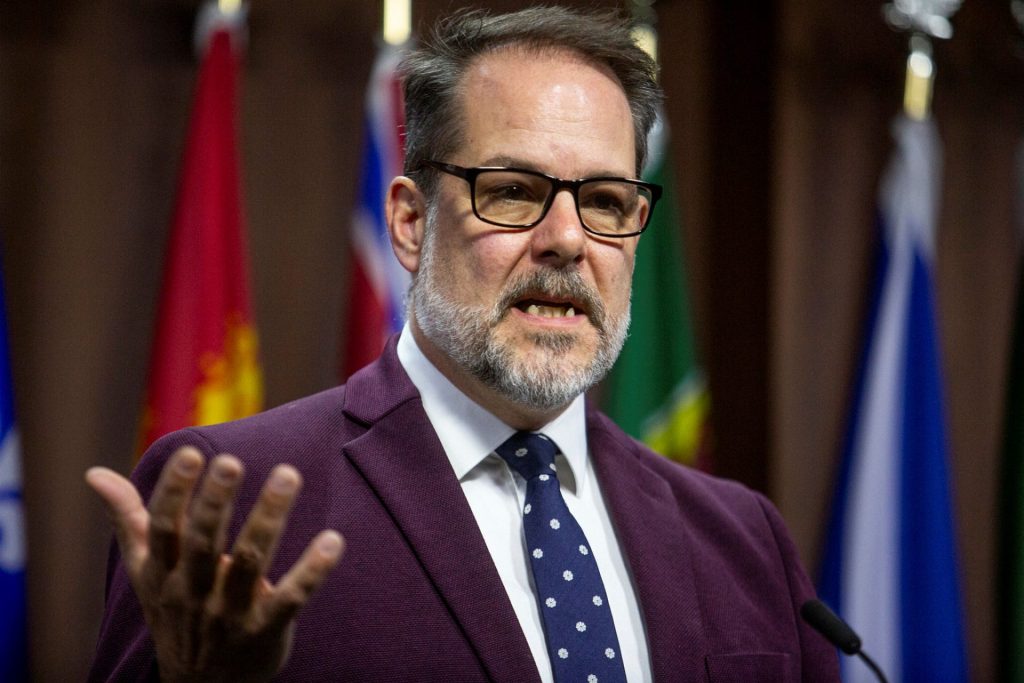
Western alienation is real, as evidenced by the deranged but all too dangerous separatist movement stoked by Alberta Premier Danielle Smith. While Conservatives focus on using that alienation to divide Canadians, the NDP should advocate for realistic solutions—like changes to the equalization formula, which so heavily favours Quebec and penalizes the West. They could even borrow the playbook from former Saskatchewan NDP premier Lorne Calvert who sued the federal government in an attempt to change the formula.
Some policy shifts the party needs to make will be difficult. Equalization, resource development, firearm regulations: these are just a few of the issues where progressive assumptions in the East don’t match up with the pragmatic concerns in the West. But the reality is that there are many voters in the West who are turned off on these issues but might otherwise support the NDP.
Other policies that would help in the West should be easier for the NDP to embrace. The party can get back to its labour roots by reinstating the requirement that 25 per cent of its convention delegates be set aside for union members. Public ownership of public utilities and telecoms, and investing in health care are all policies that can find popular support in the West, where these ideas are rooted—and in some cases already in effect—and quite popular (see the SaskParty’s longstanding inability to build support for selling off Sasktel).
It may have been a cheap three-word Conservative slogan, but “Boots Not Suits” is the type of messaging the NDP should embrace—left-wing economic populism that can appeal to the blue-collar industries that are prevalent in the West.
This reorientation will be a long road to reach success. But after a lost decade chasing the Orange Wave in Quebec, the party needs to start building a new one in the West.
Matt Chilliak is a political strategist who’s worked on NDP campaigns at the federal and provincial level in Saskatchewan and British Columbia, as well as with Democratic candidates in the United States where he now resides.
The Hill Times
Correction: This story was updated on May 23 at 8:10 p.m. to reflect that 59 NDP MPs were elected in Quebec in 2011.





 LICENSING
LICENSING PODCAST
PODCAST ALERTS
ALERTS
